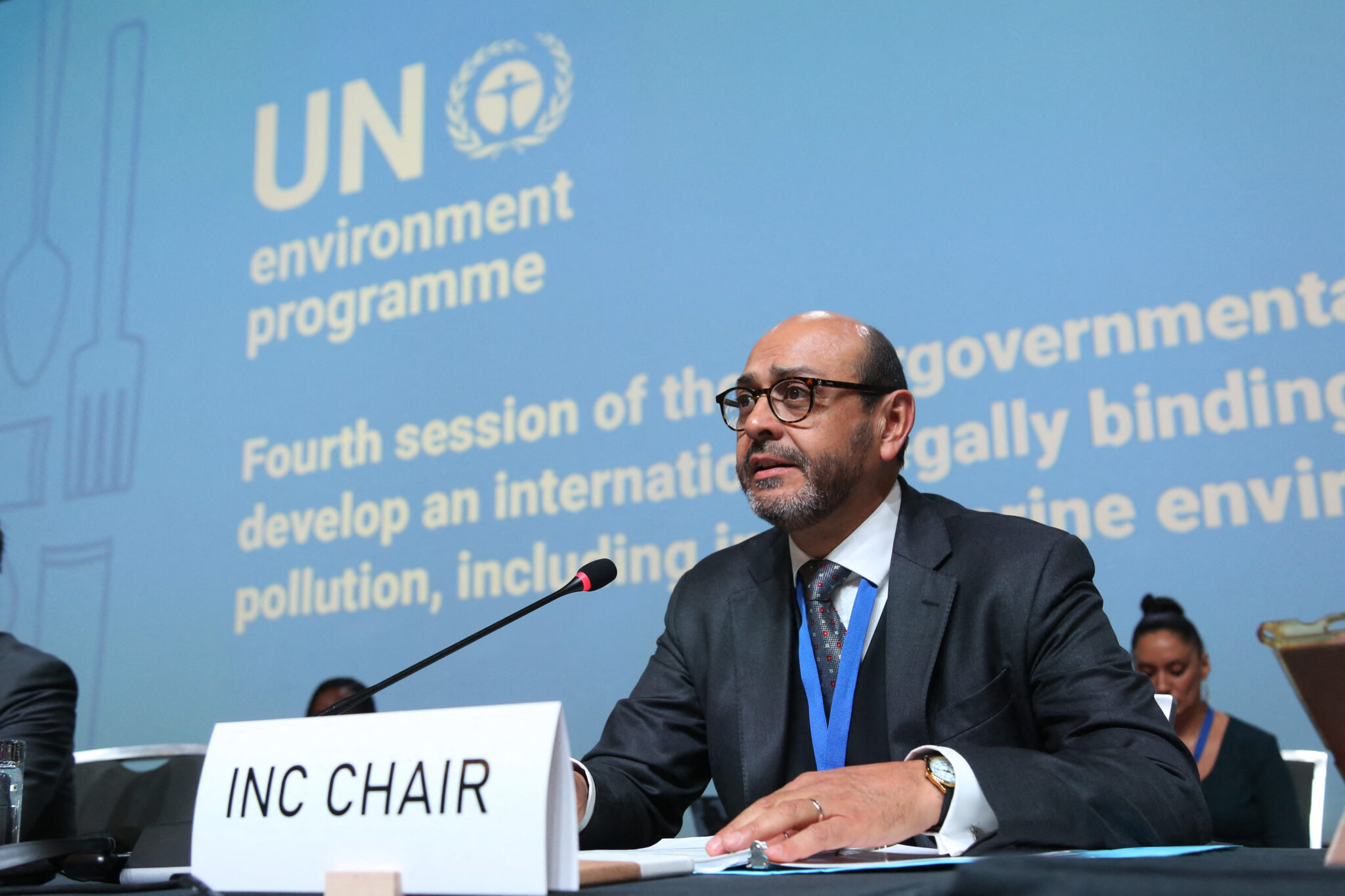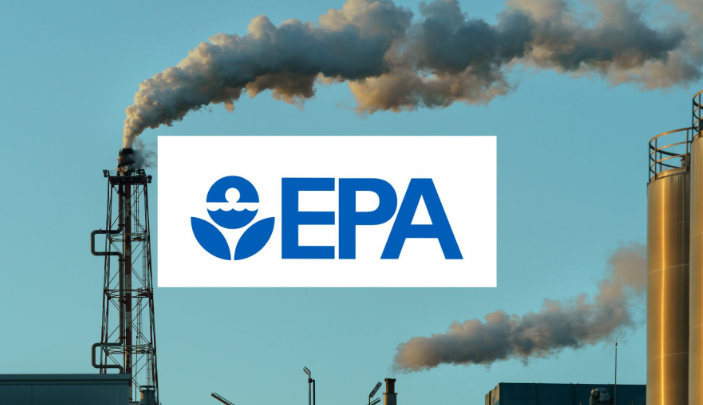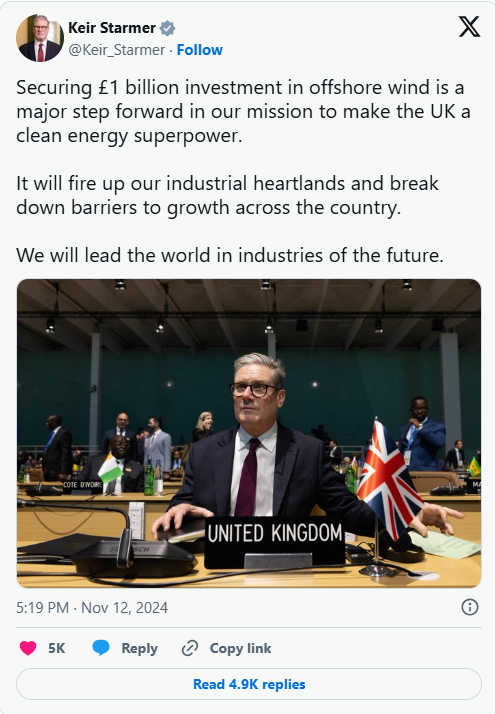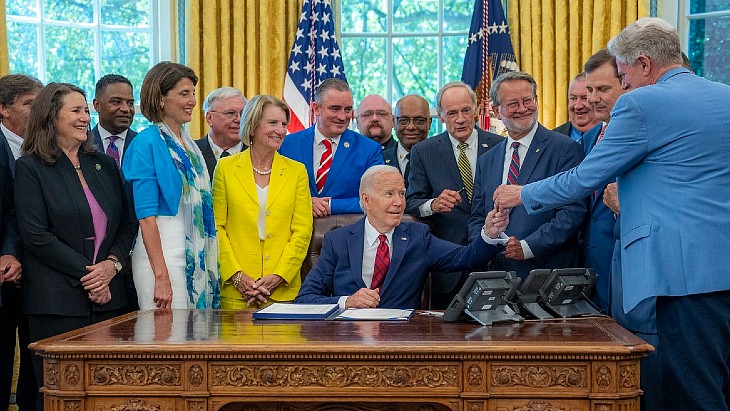
BAE Systems has announced that it will provide its Gen3 electric drive system for a project related to three hydrogen buses in Rochester, New York. The initiative has received funding assistance from the Federal Transit Administration’s Low or No Emission Vehicle Grant Program. The revolutionary Gen3 technology combines a powerful hydrogen fuel cell engine from Plug Power, an advanced energy storage system, electric motor, and adaptable power electronics. Plug Power has provided an H2 refueling infrastructure for the buses. BAE Systems and Plug Power have worked in tandem to develop the turnkey H2 solution which can be installed into existing structures of other transit agencies throughout the country.
The electric propulsion company recently announced that it will be supplying these vehicle components.
BAE Systems has announced that it will be supplying its electric propulsion systems for three of Rochester, New York’s hydrogen buses.
The city is introducing the three fuel cell vehicles to its fleet for zero-carbon emission operation.
BAE Systems will be providing its Gen3 electric drive system for the hydrogen bus model ElDorado National (California)’s Axess EVO-FC. The technology will play a key role in moving the Rochester-Genesee Regional Transportation Authority’s goal forward in terms of its carbon footprint reduction efforts by way of a transition to a zero-emission bus fleet.
More on the funding for the project
The order for the electric energy and drive systems is receiving its funding from the Low or No Emission Vehicle Grant Program from the Federal Transit Administration. That program was created to provide the transportation sector with support in transitioning to public transit fleets running on low- and zero-emission technologies. This also represents the first time a fuel cell bus fleet has ordered the Gen3 electric drive system from BAE Systems.
The Rochester hydrogen buses will be the first on the road with the Gen3 electric drive system.
The system has a 125kW Progen hydrogen fuel cell engine from Plug Power integrated with it. This makes it possible for the carbon-emission free solution to be efficient, comprehensive and reliable.
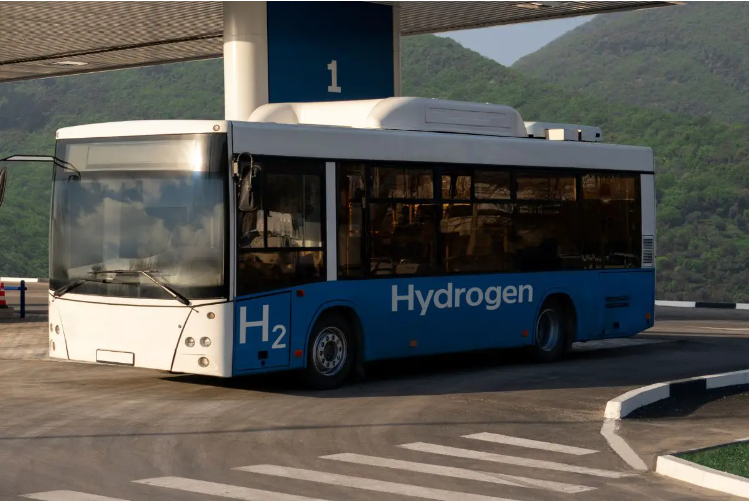
Plug Power was also involved in other ways, such as in providing the refueling infrastructure that will be supporting the project. Plug Power and BAE Systems’ collaboration is meant to provide the transit system with a turnkey H2 solution that can also be fitted into the structures of other transit agencies across the country. This would make it possible for them to deploy fuel cell vehicles as well.
“We are proud to accelerate Rochester’s clean energy goals with turnkey hydrogen solutions using technology made right here in New York,” said BAE Systems Vice President and General Manager of Power & Propulsion Solutions Steve Trichka. “Our Gen3 system will deliver highly efficient and sustainable transportation operations through advanced clean hydrogen innovation.”
What the system looks like at a glance
The Gen3 Series-H system to be integrated into the Rochester hydrogen buses includes an energy storage system, electric motor, and modular power electronics to form a greenhouse gas emission-free vehicle solution.
How much carbon emissions come from buses
Buses have become an increasingly popular mode of transportation for cities, organizations, and individuals. Unfortunately, buses can be a major contributor to carbon emissions on our planet. According to research, trains produce the lowest amount of CO2 per passenger mile, with 177 grams per passenger mile. Buses come in second-worst at 299 grams per mile, with cars having the highest emissions at 371 grams per passenger mile. This data highlights how important it is that we address our dependence on vehicles with high carbon emissions in order to reduce their environmental impact.
